Why did I take an infrared camera to Africa? I have always liked infrared (IR) photography. It’s a new way to look at the world. When I got my Canon EOS 5D Mark III, I sent in my old digital DSLR to be converted to take only IR photos. So why bring it to Africa? Well, to do something a little different: while looking up photos of Africa, I did not see any infrared pictures. This could have been because they just don’t look good in an African landscape, or maybe no one has tried it yet.
What is IR photography? Objects absorb some light wavelengths and reflect others. For example, a red apple absorbs all light wavelengths except red. Instead, the red light is reflected back from the object. This is true for all colors we see. Now imagine a type of light wavelength that you cannot see but is still reflected off of an object. One of these invisible light wavelengths is infrared (or IR).
A side note: if you have ever used a TV remote control, you have used IR. This is how most remotes work. It flashes an IR light at the TV and tells it to change the value.
IR photos can reveal a world that is very close to ours but still a little off. For example, a midday sky will appear black and not blue in IR. When taking photos of people, the facial tones are not picked up, so facial surfaces appear more flat. Also, IR eyes have a zombie or ghostly look to them. If you really want to geek out on what IR is all about, visit any of these links….
Wikipedia: http://en.wikipedia.org/wiki/Infrared_photography
Photographylife: http://photographylife.com/introduction-to-infrared-photography
A How-To on tutsplus.com: http://photography.tutsplus.com/tutorials/an-in-depth-guide-to-infrared…
How IR is different: Most of the time I process my IR photos into black and white. Sometimes I leave the colors alone. It’s hard to give an example of the differences between IR and traditional photography, but I will try:
EXAMPLE 1: In the first example, I show a landscape image in three versions: color, black and white, and IR. As you can see, the grass is lighter in the IR photo. There is more contrast between the trees and the grass as well.
EXAMPLE 2: In this example, I used our photography guide Randy Hanna (Thank you, Randy). When you look at his black undershirt, it looks gray in IR. When you look at the close up of his face, it almost looks flat. This is because IR does not capture any of the natural skin tones. It only sees the shape of the face. Most people would love to have their skin look this smooth, but it also gives a zombie-like appearance.
I hope you enjoy the photos below and also learned something new.
People
Landscapes
Other Things:

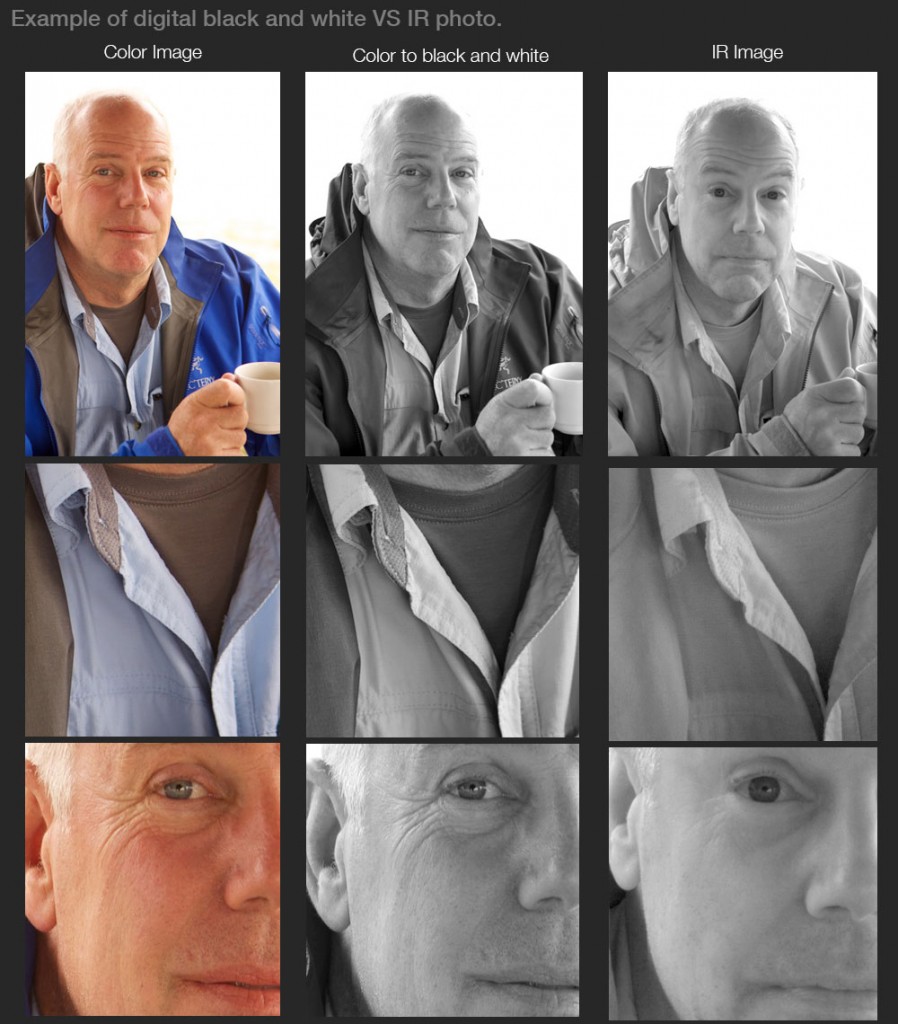
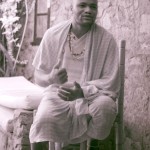
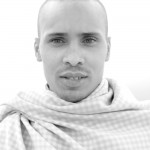
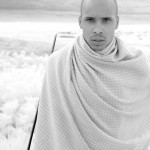
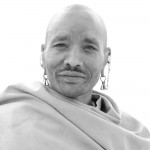
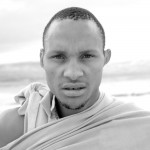
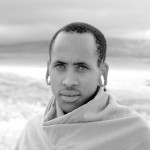
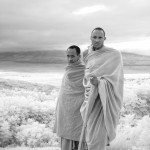
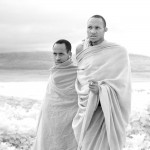
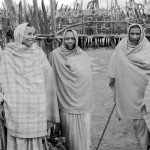
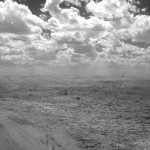
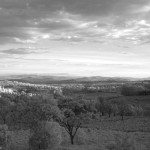
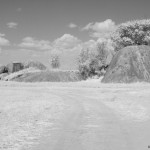
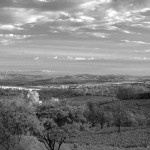
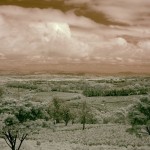
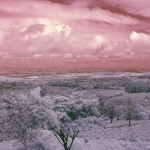
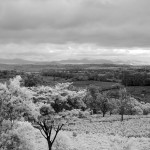
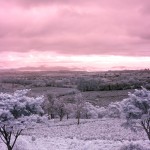
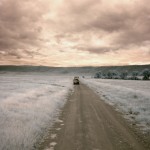
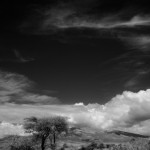
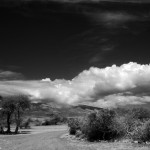



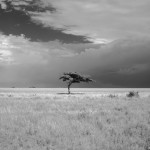
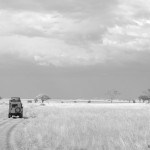
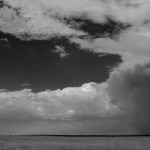
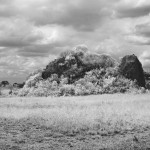
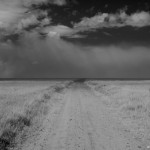
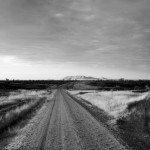
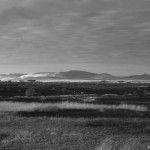

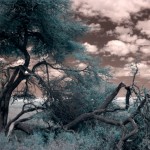
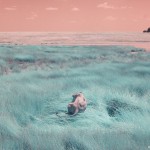

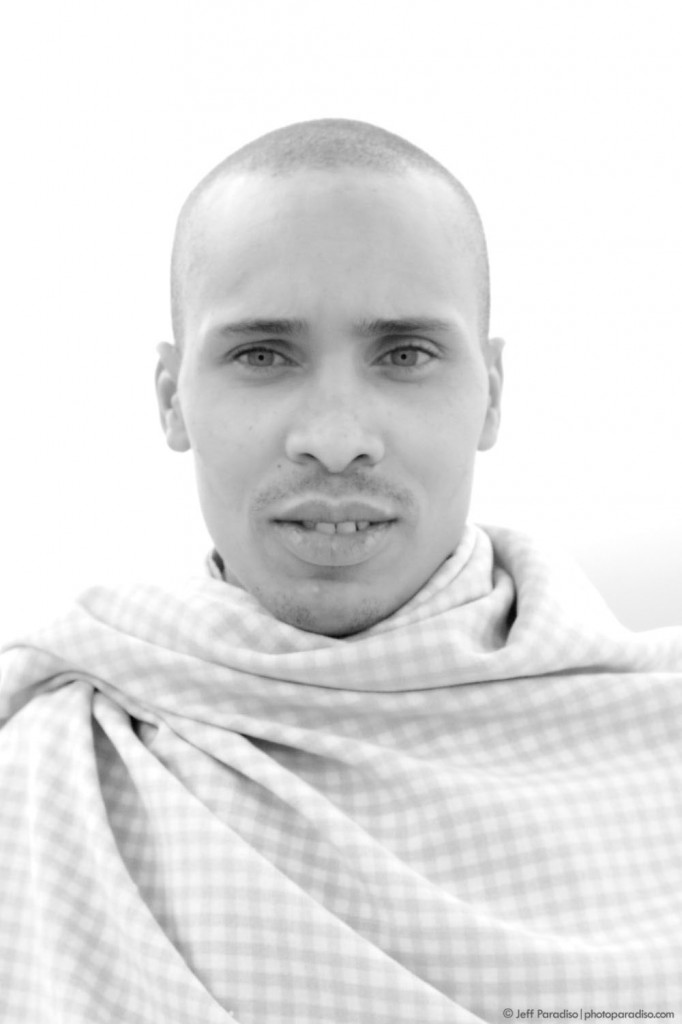
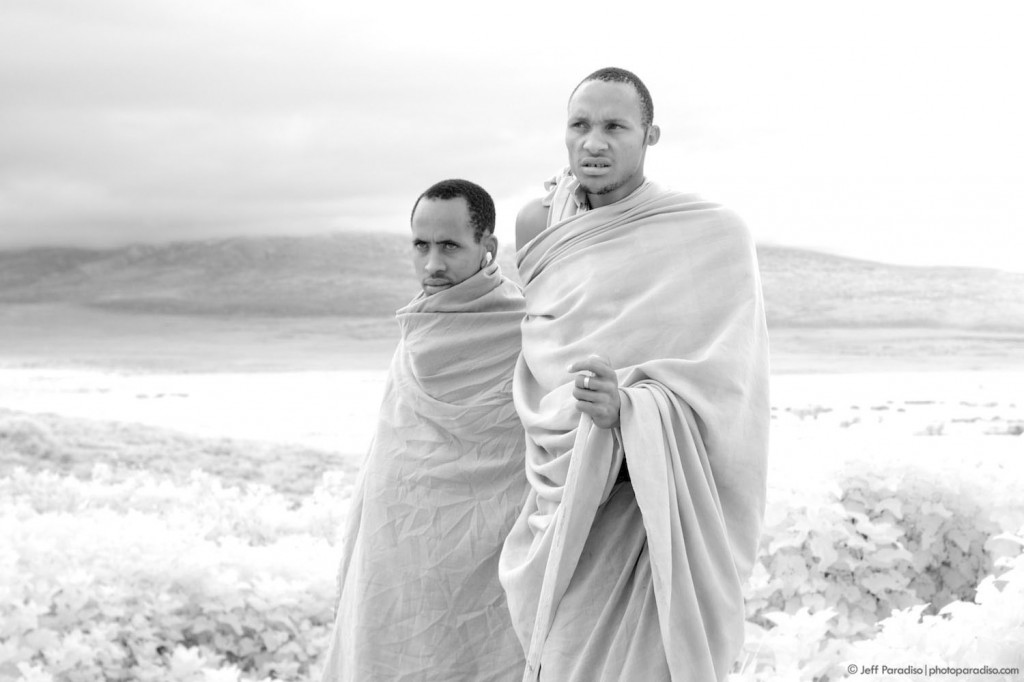
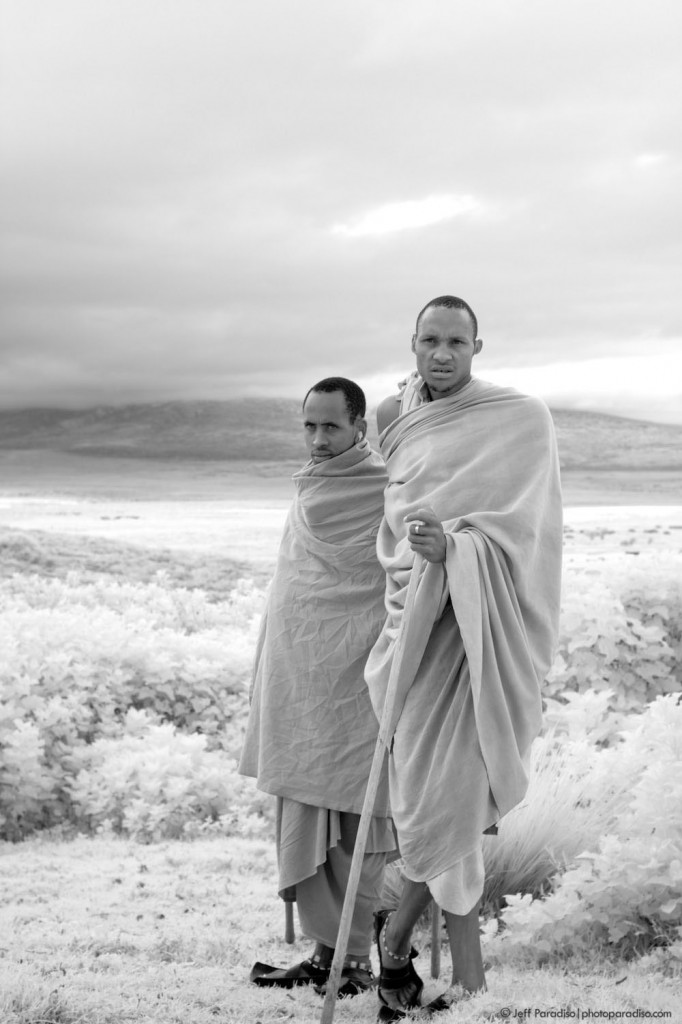
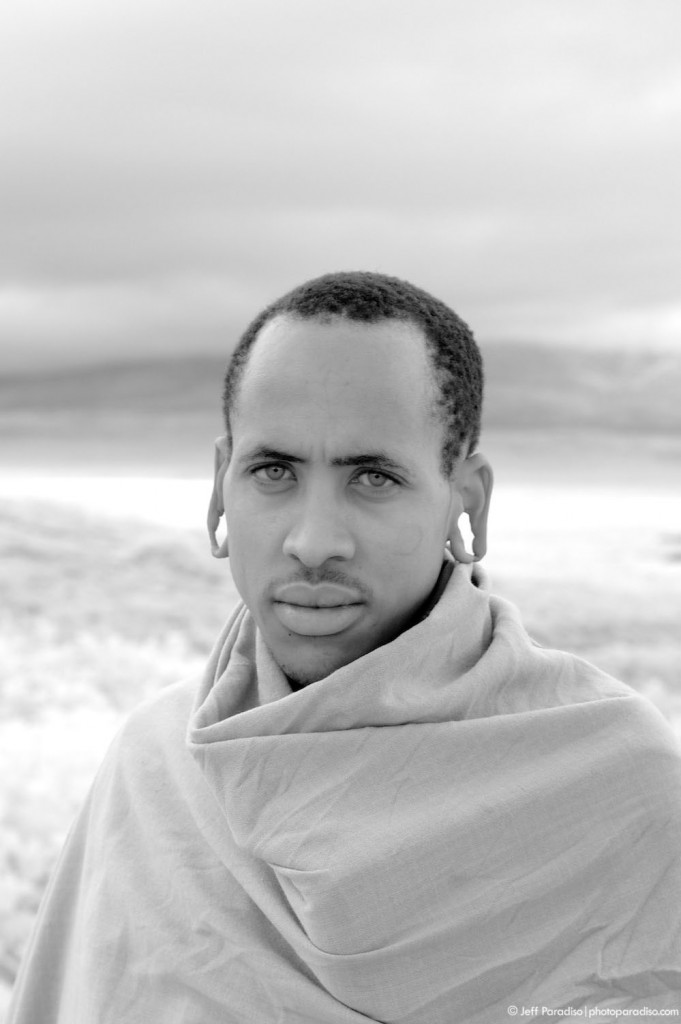
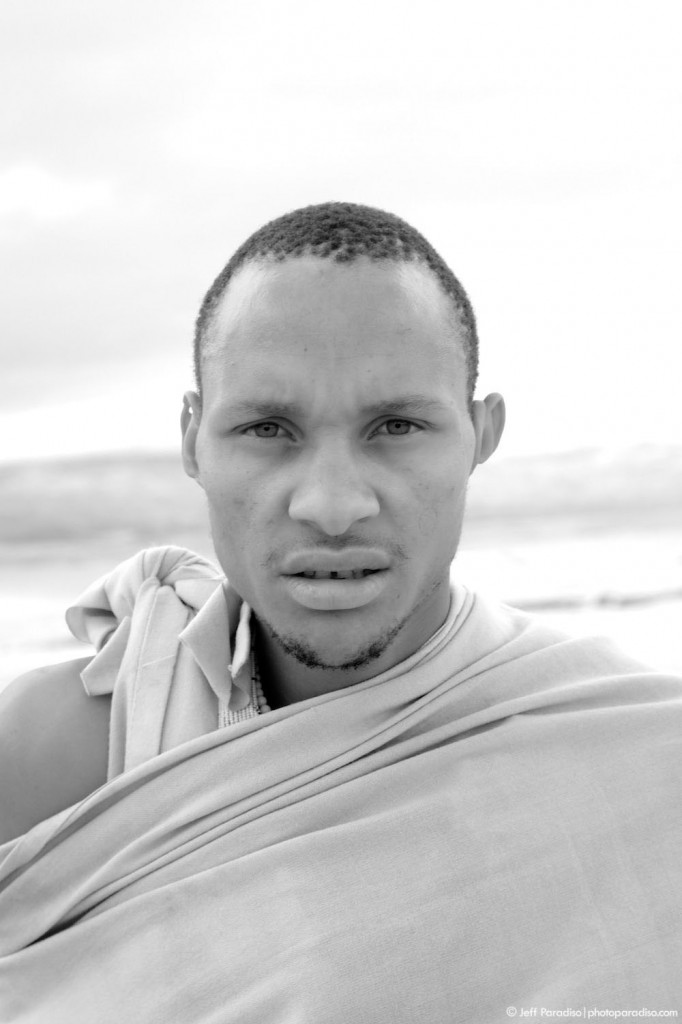
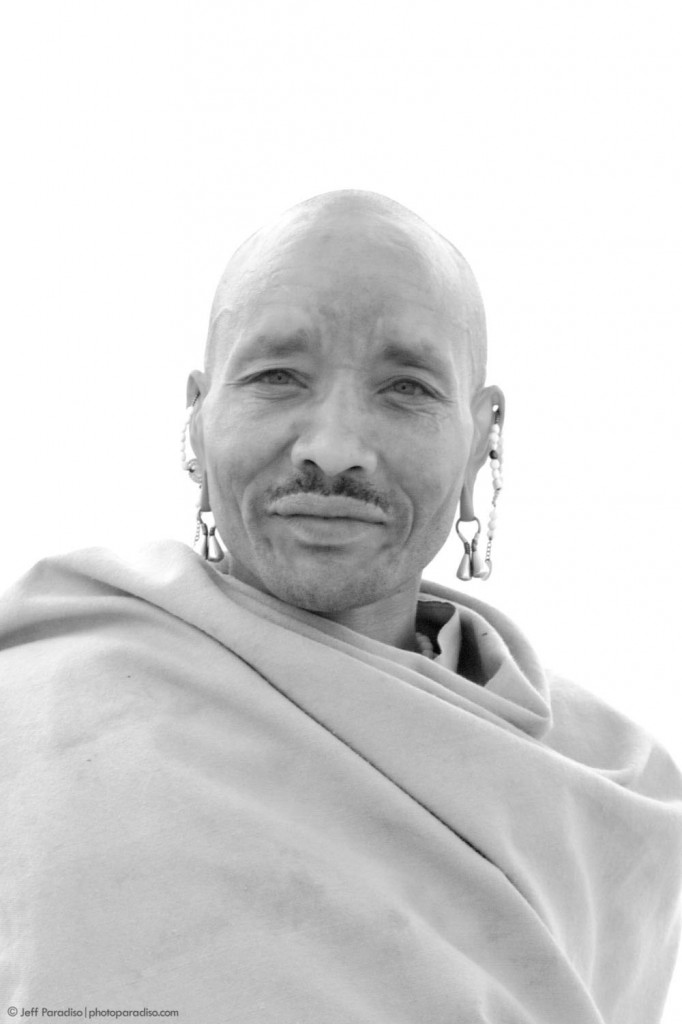
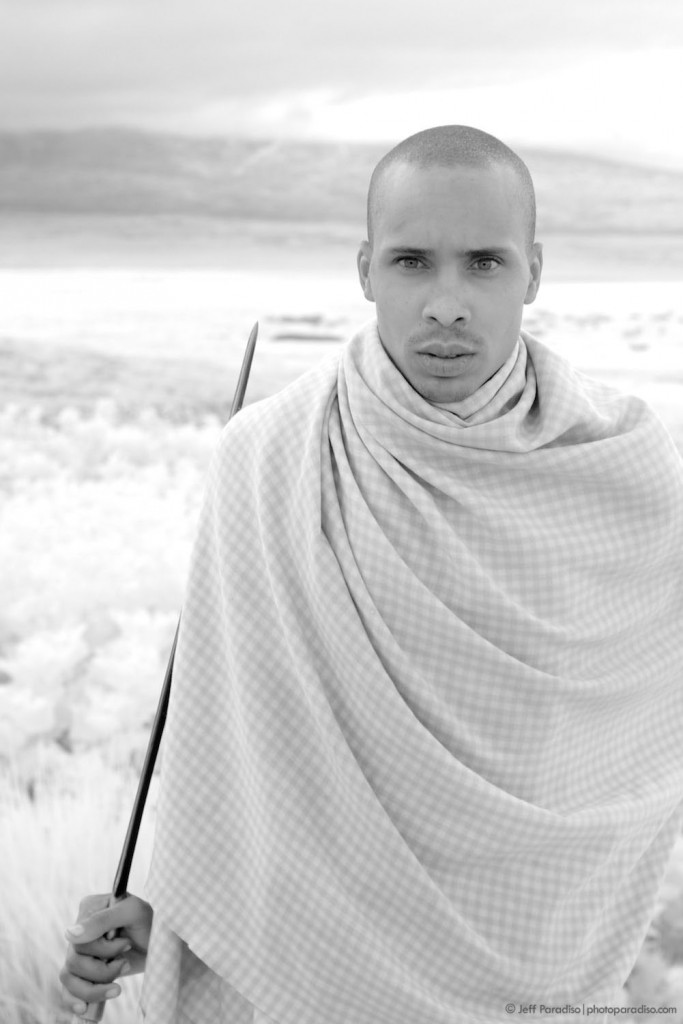
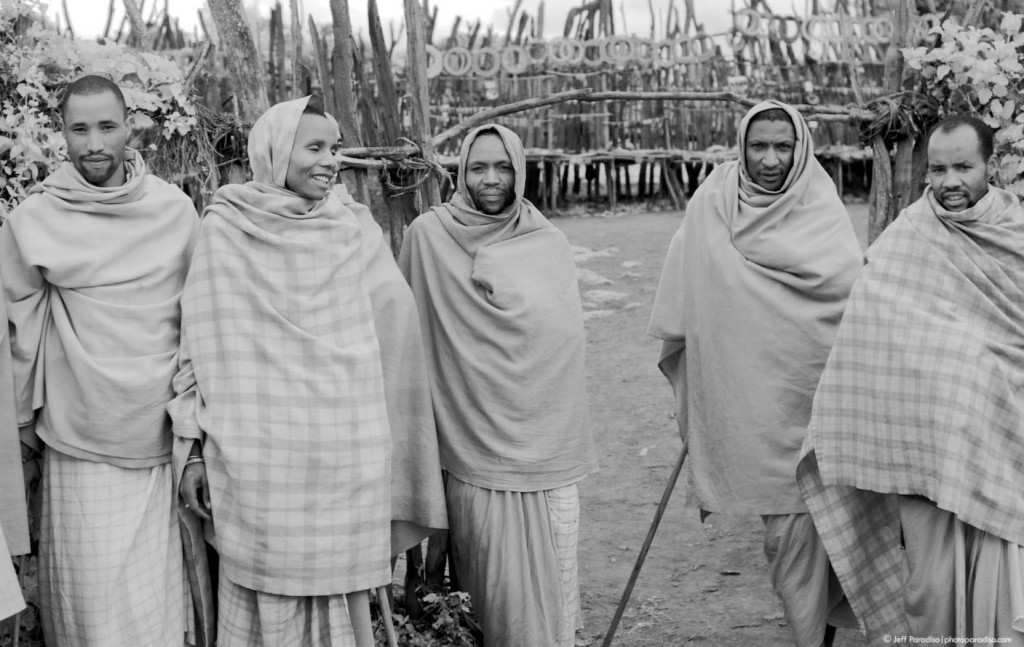
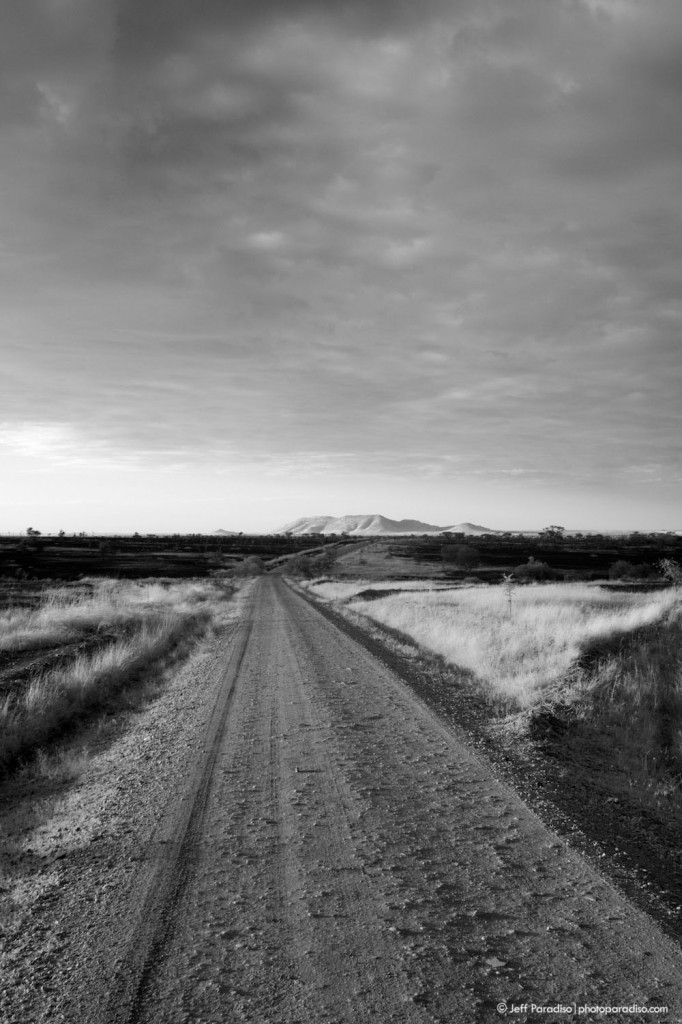
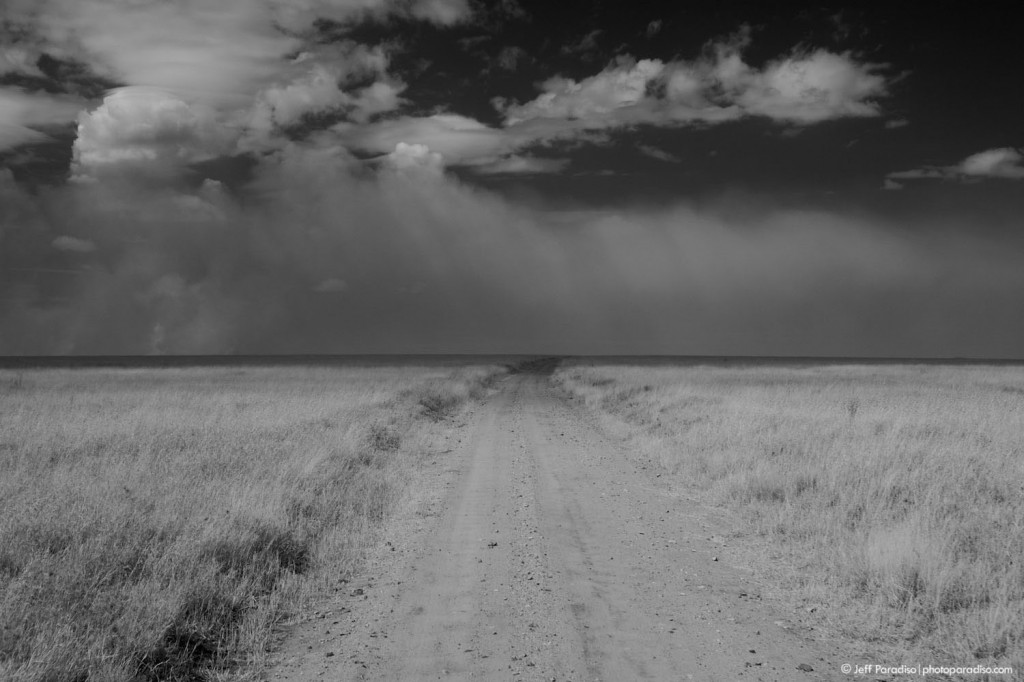
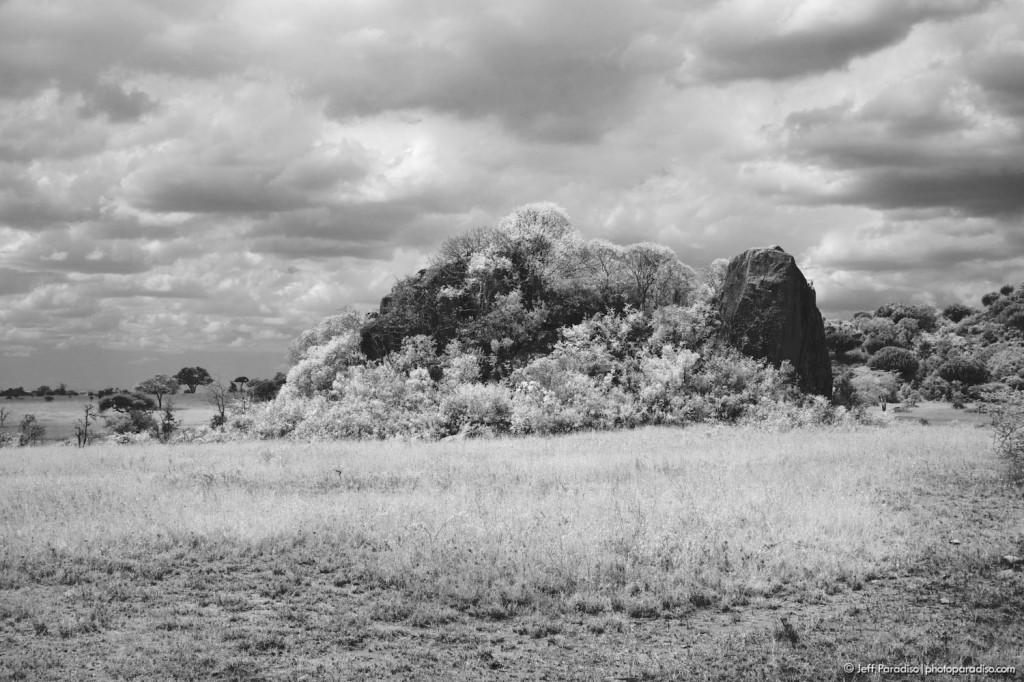
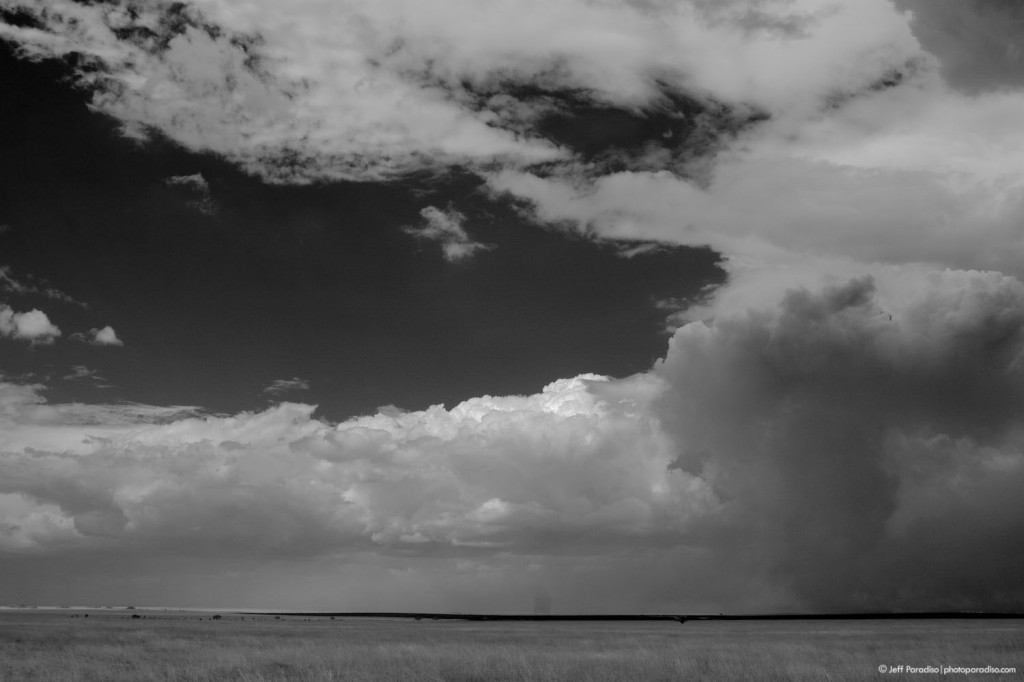
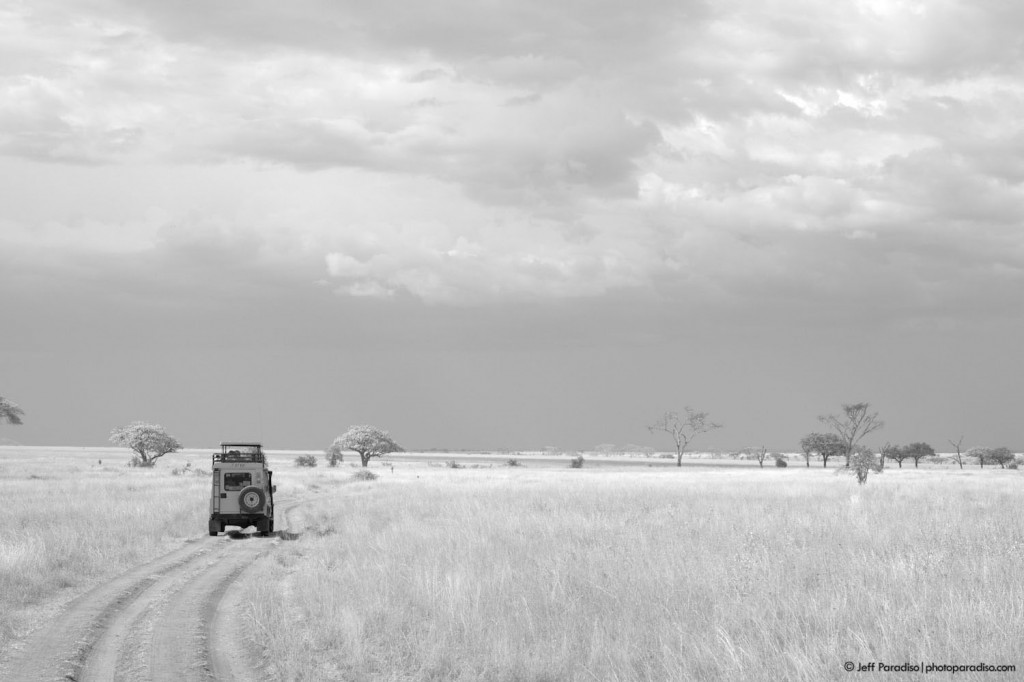
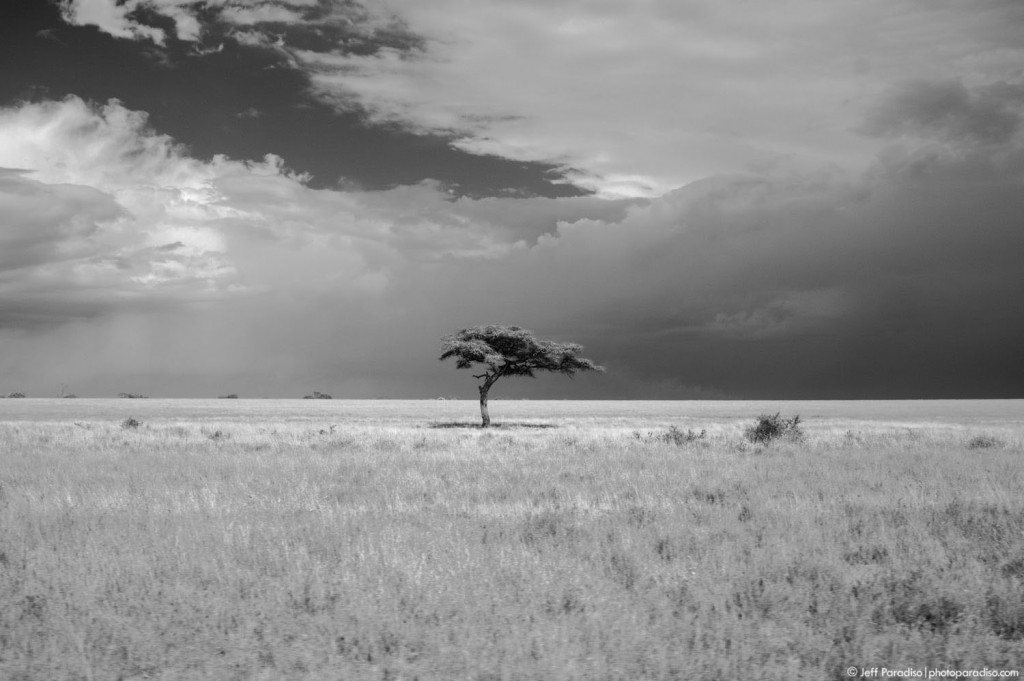
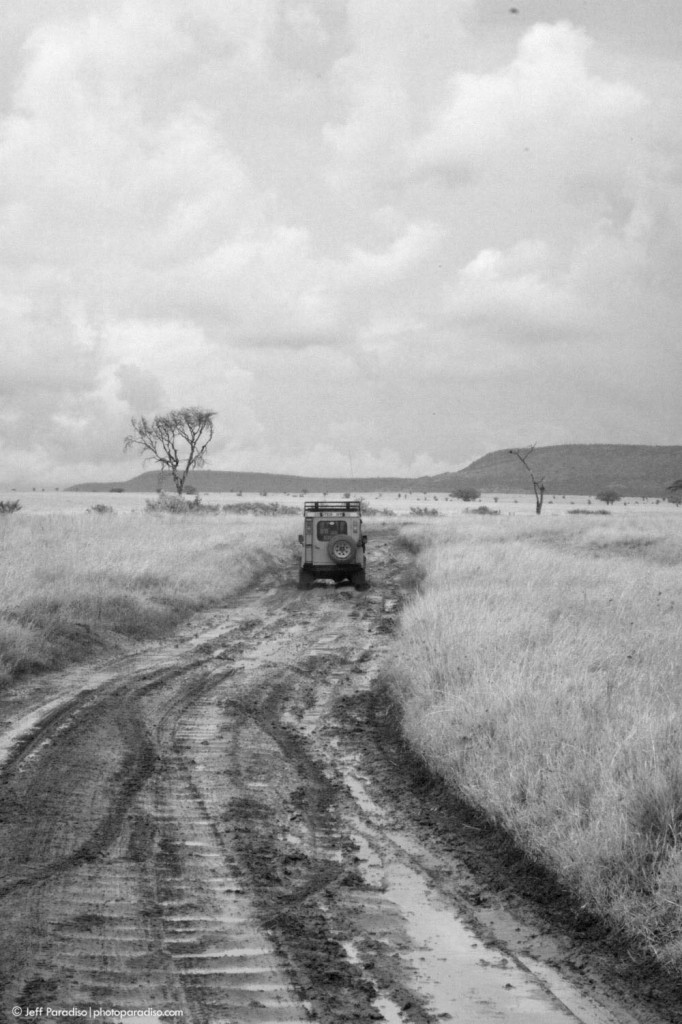
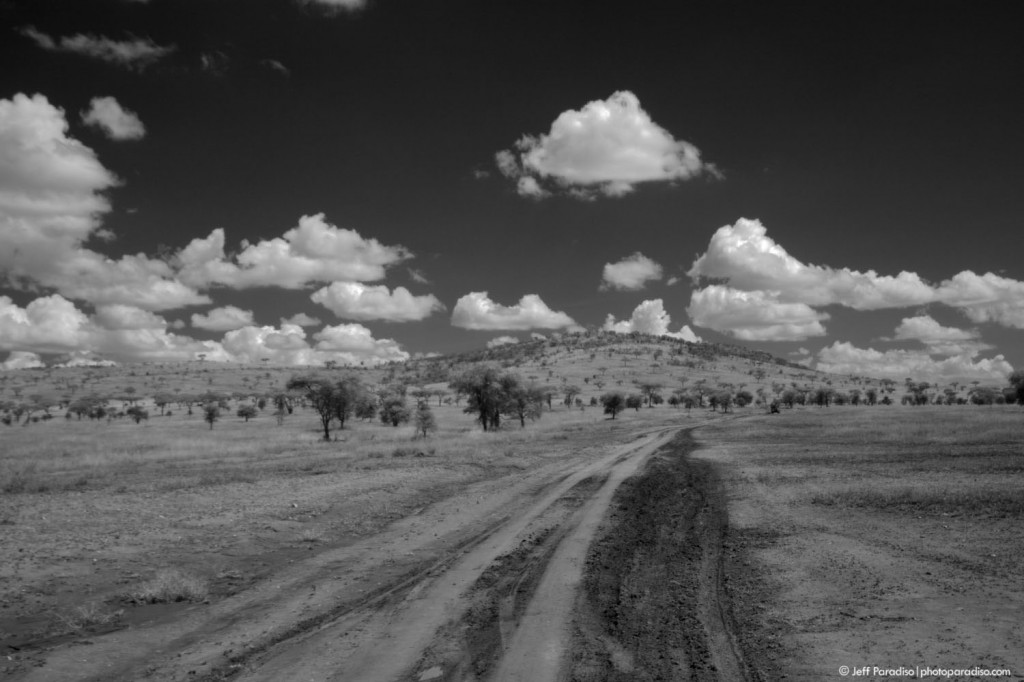
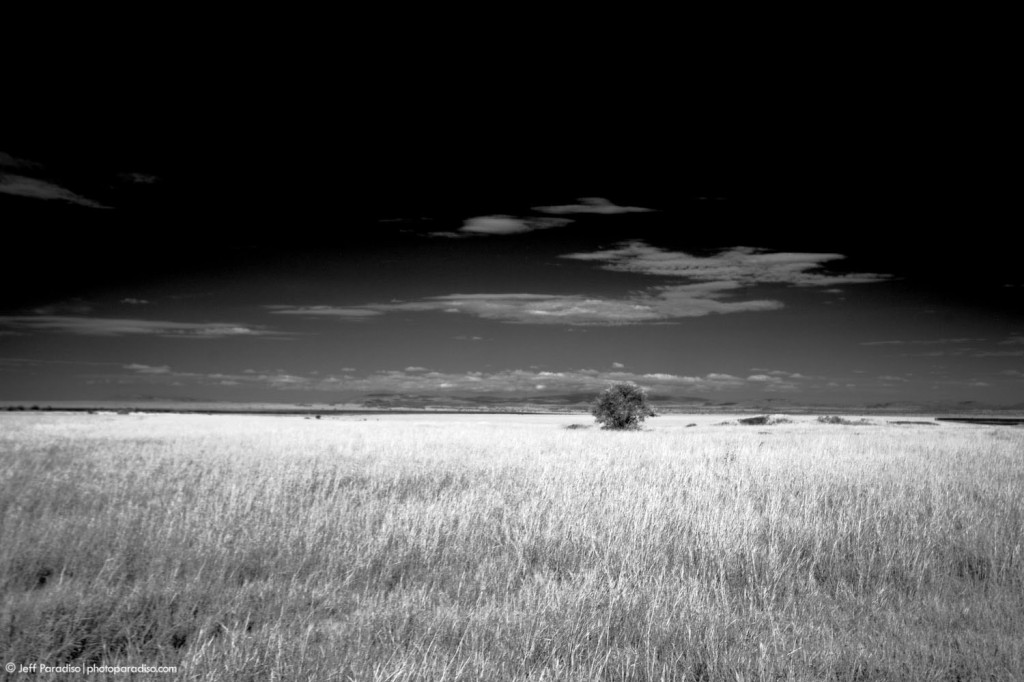
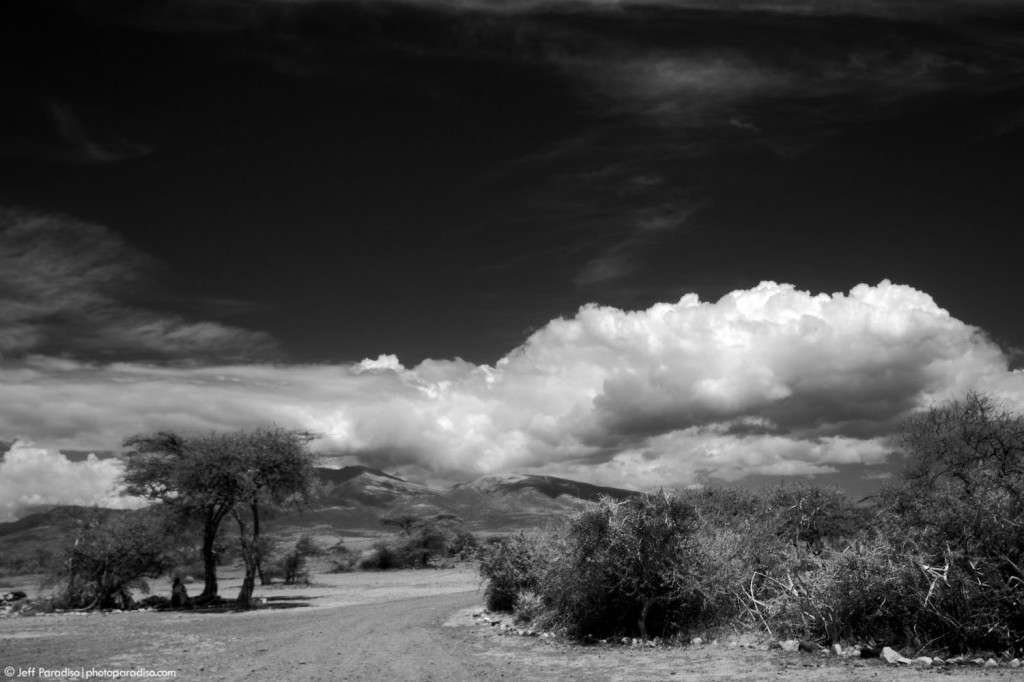
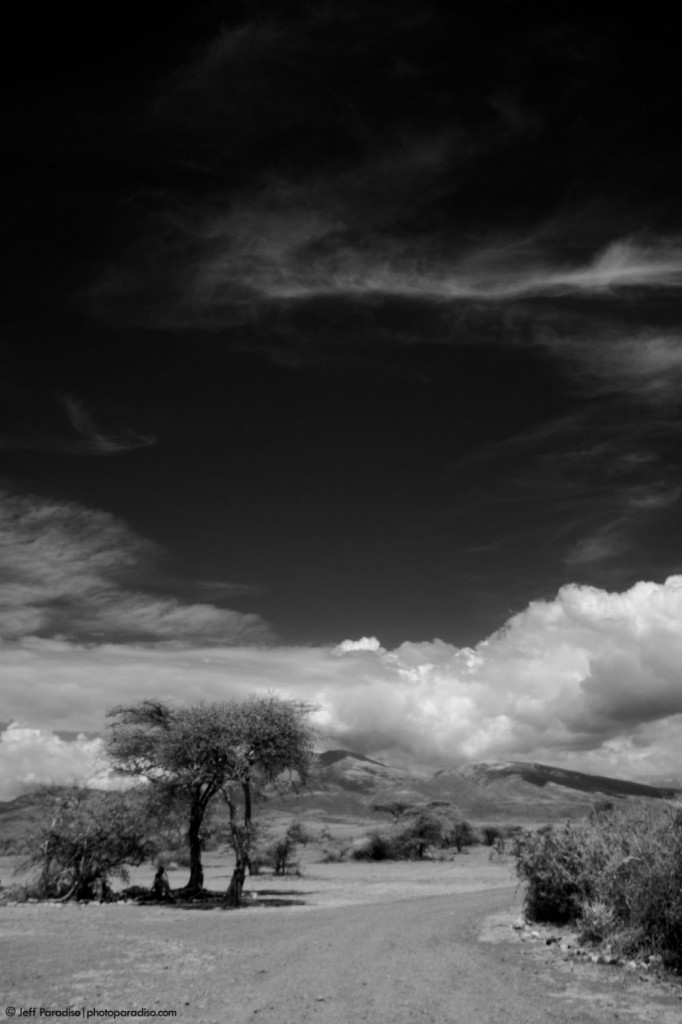
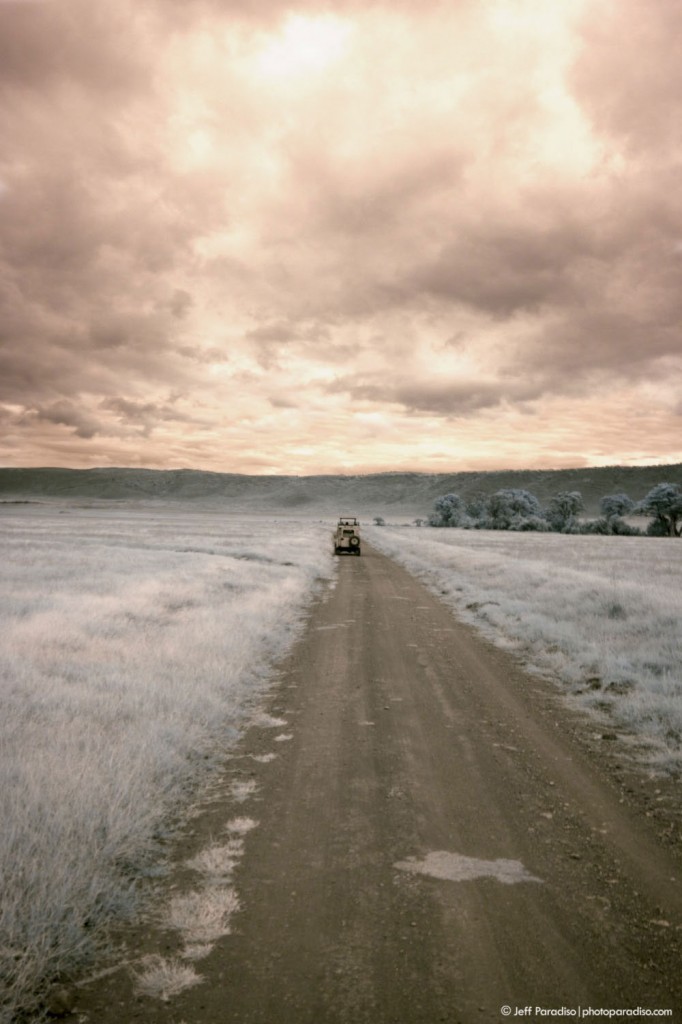
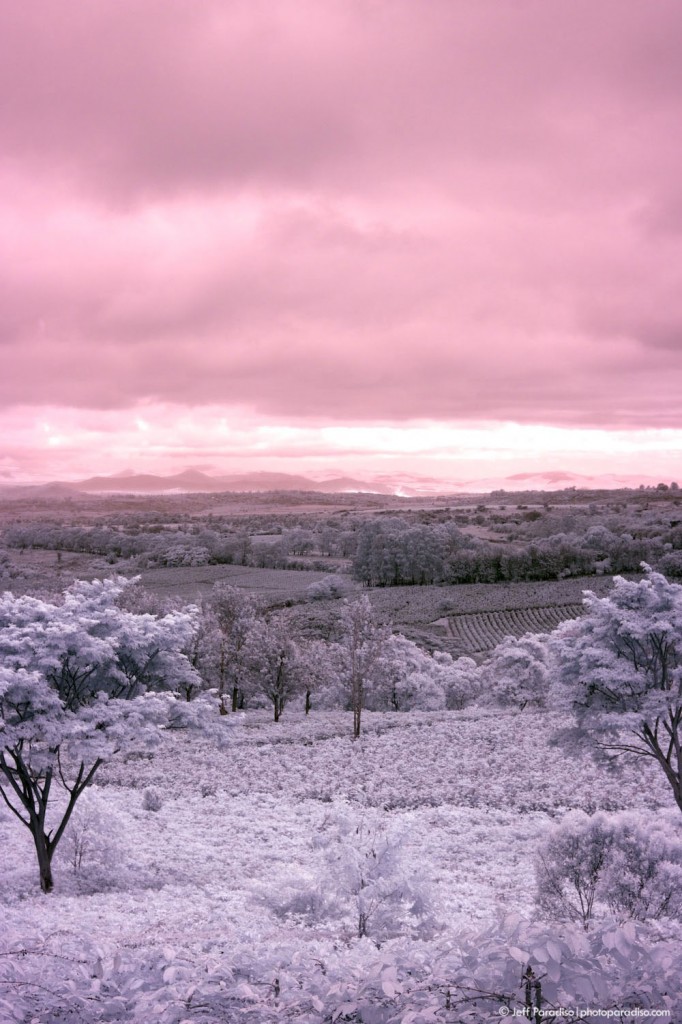
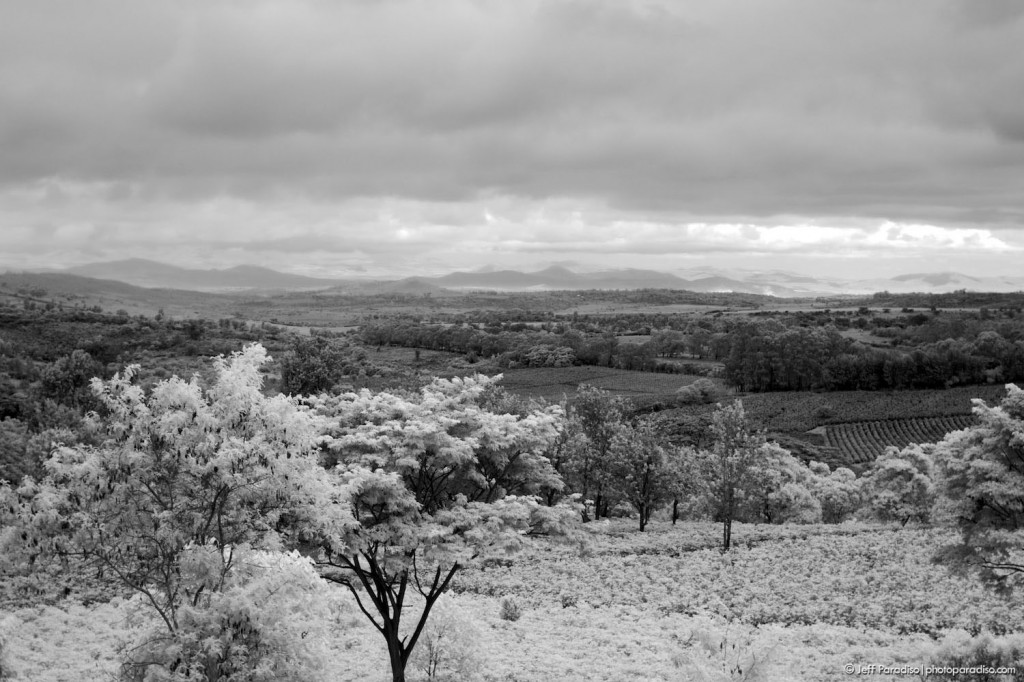
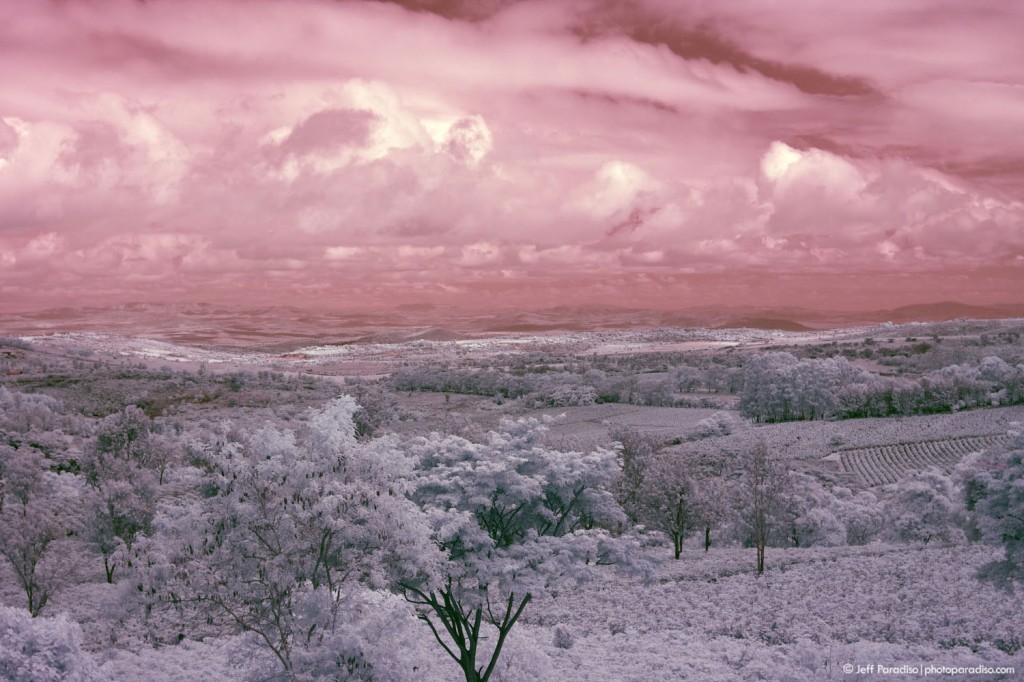
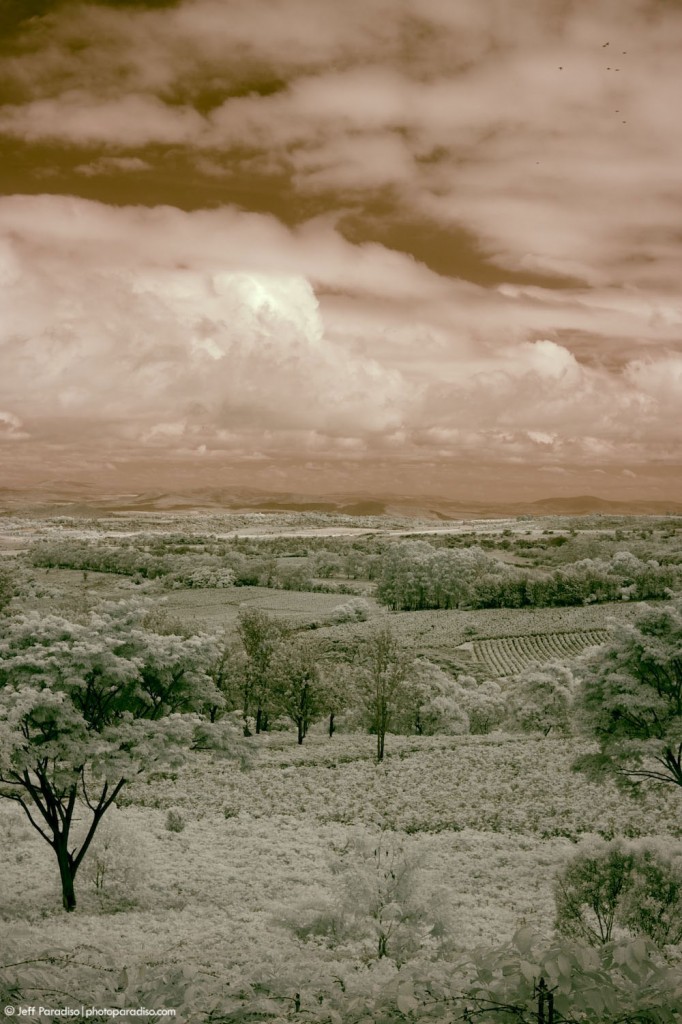
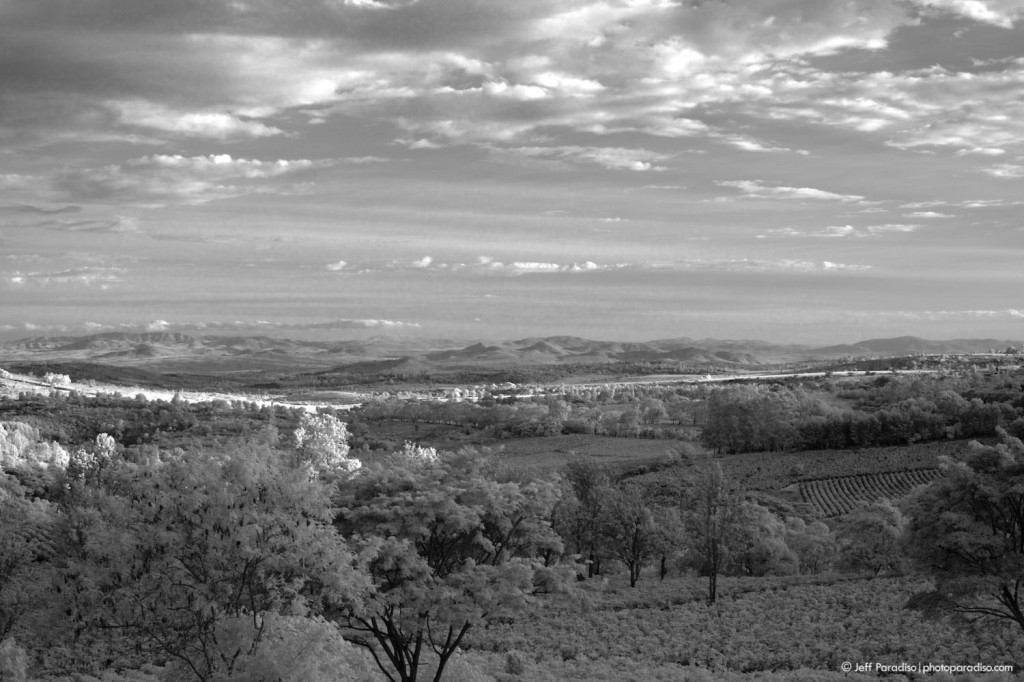
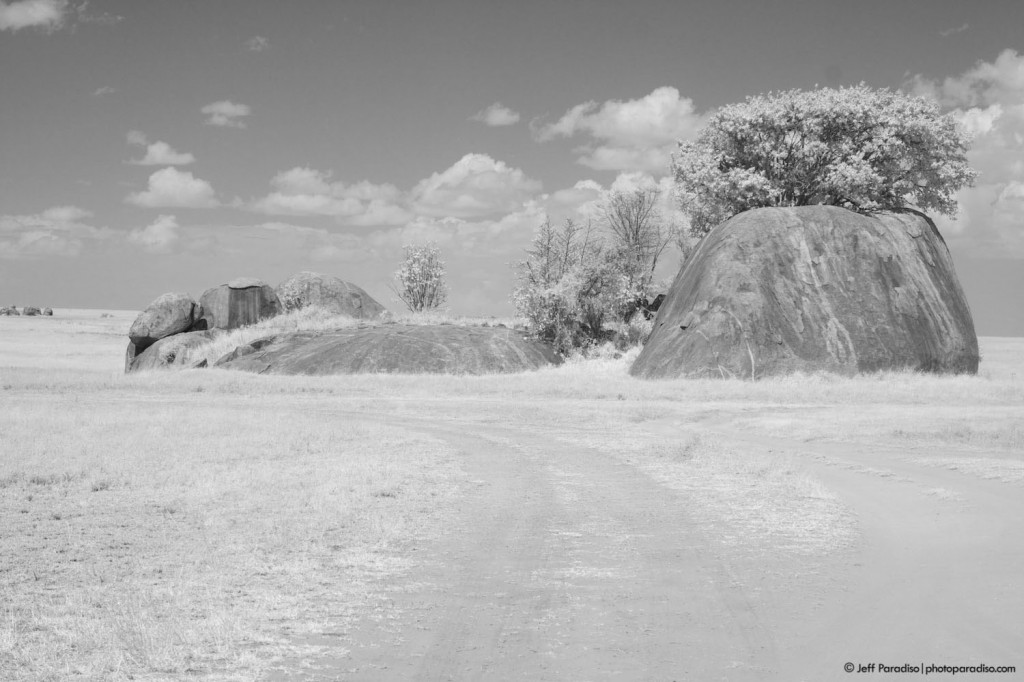
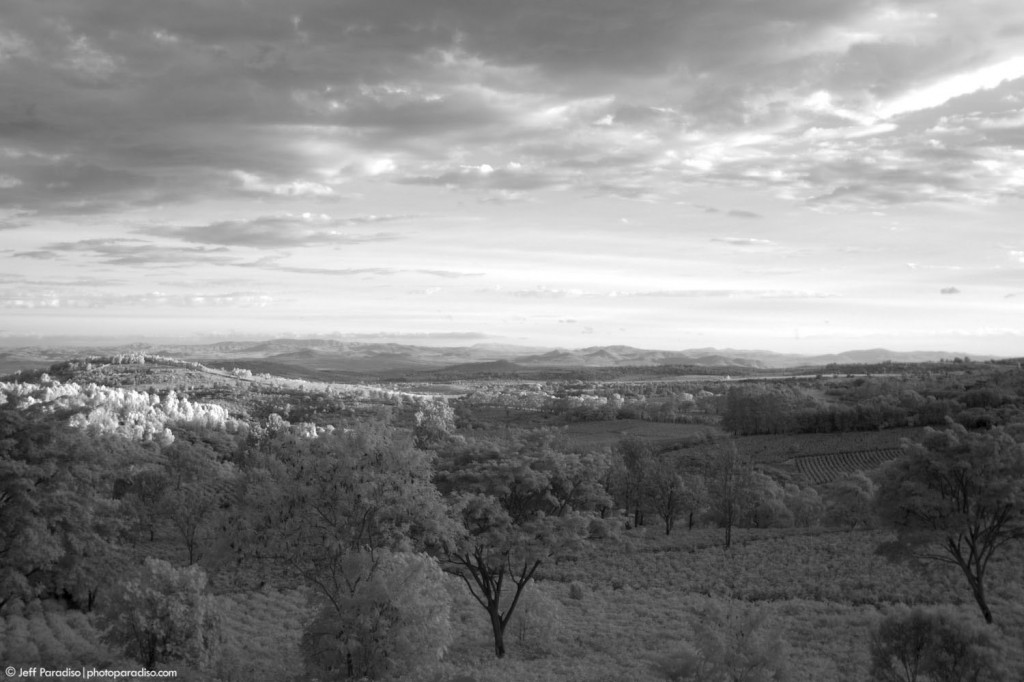
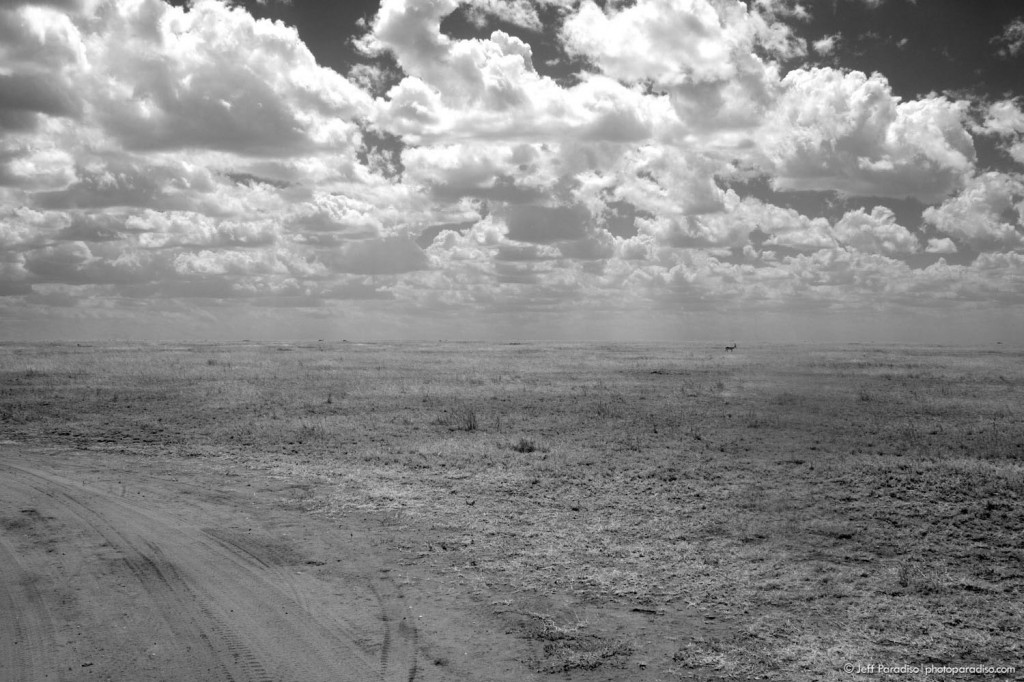
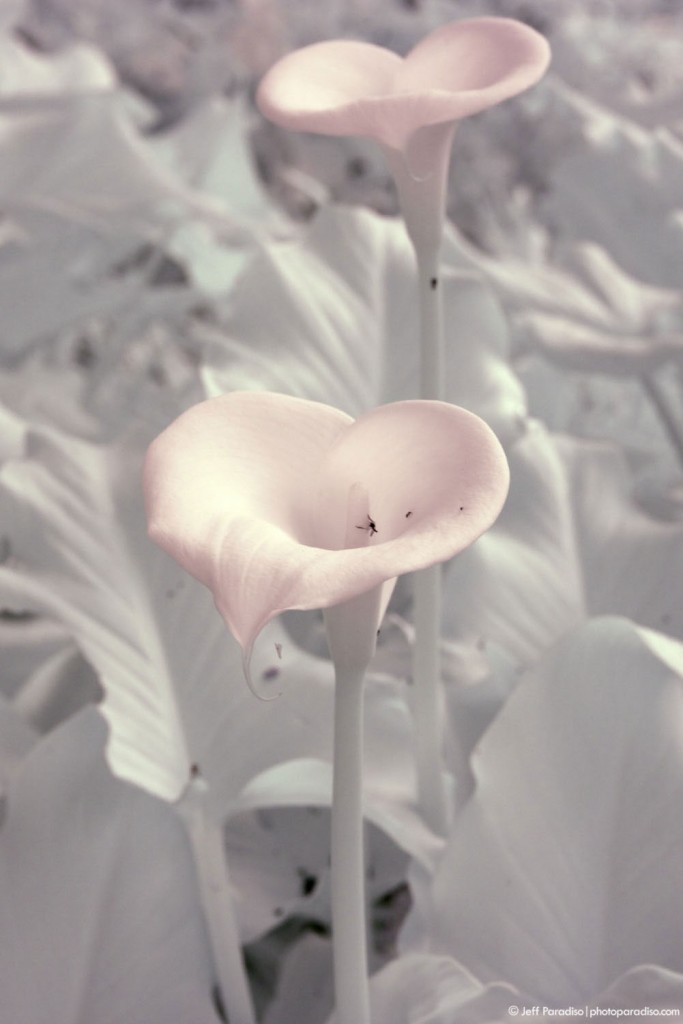
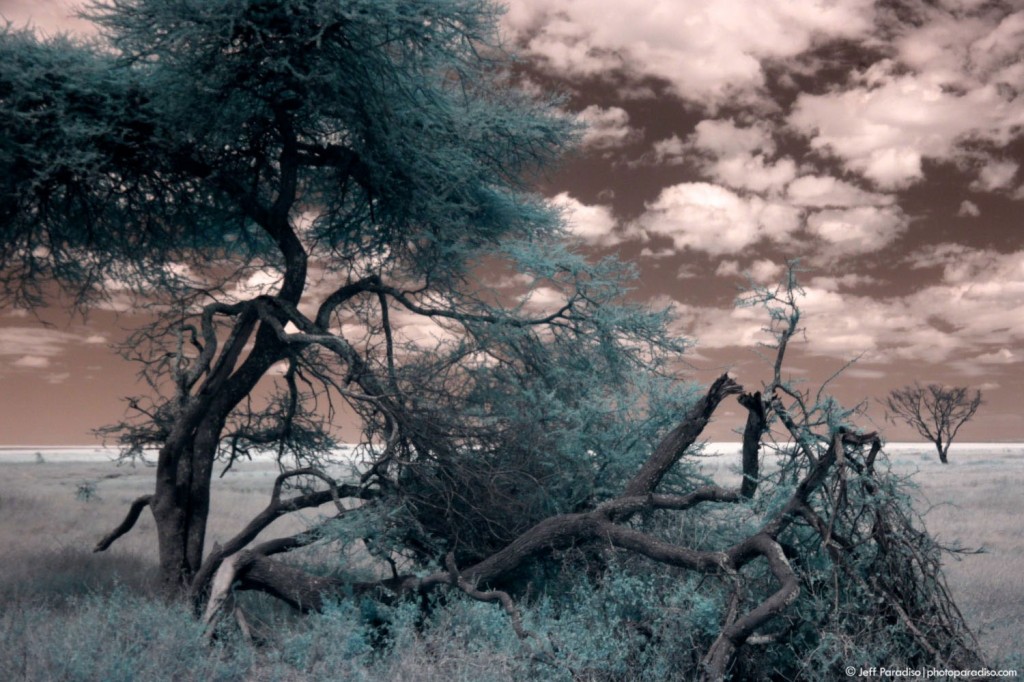
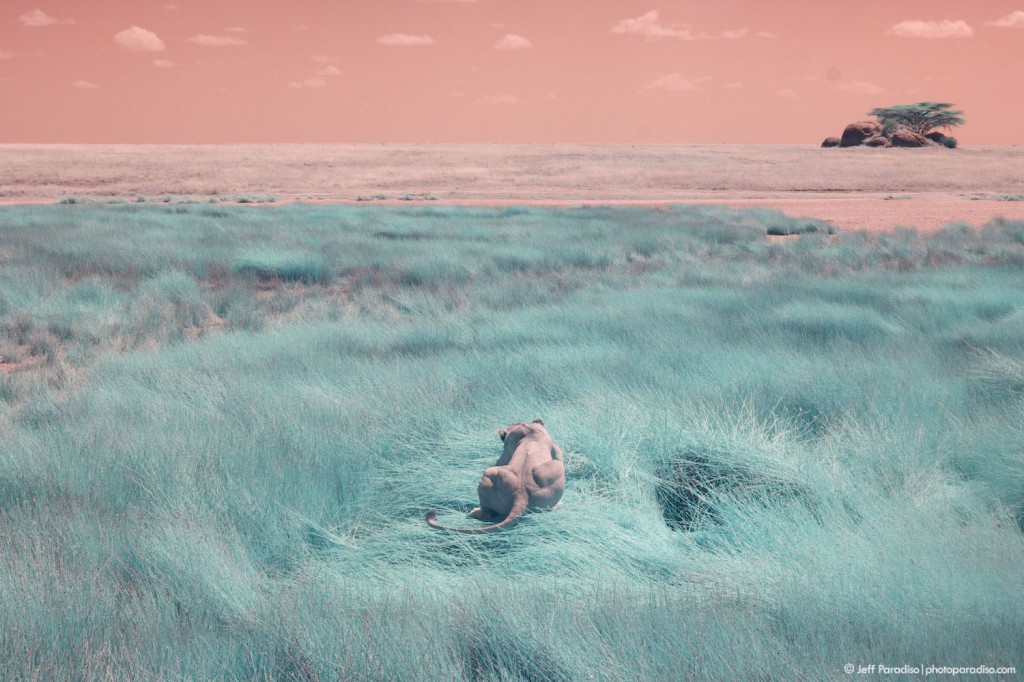
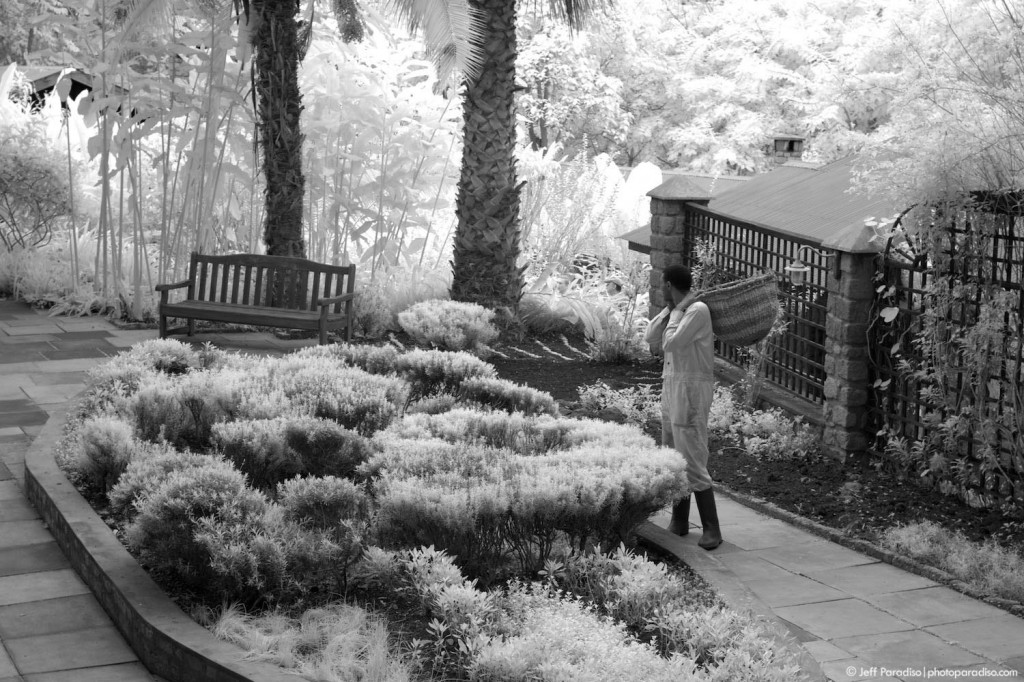
Great photos Jeff, neat idea and great execution! I’ll have to contact you sometime since we want to make a trip to Africa, but aren’t sure where yet.